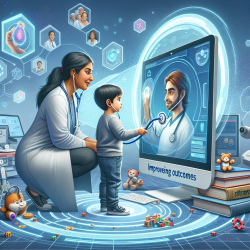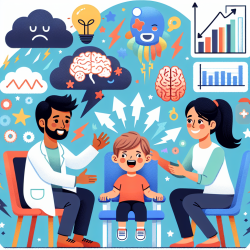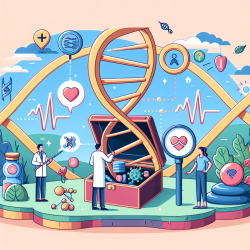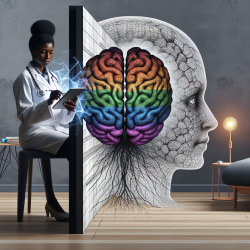Introduction
In the rapidly evolving landscape of education, blended learning programs (BLPs) have emerged as a pivotal approach, especially within health professions education (HPE). The integration of face-to-face instruction with online learning platforms offers flexibility and personalized learning experiences. However, the effectiveness of these programs hinges significantly on their usability. The scoping review titled "Evaluating Usability in Blended Learning Programs Within Health Professions Education" provides critical insights into this aspect, offering a foundation for enhancing educational outcomes.
Understanding Usability in Blended Learning
Usability, as defined by the International Organization for Standardization (ISO), encompasses the effectiveness, efficiency, and satisfaction with which users achieve their goals in a specified context. In the context of BLPs, usability is not just about ease of use but involves a comprehensive evaluation of both technological and educational components. The review highlights that while usability is crucial, it is often indirectly evaluated in BLPs, leading to a lack of standardized assessment methods.
Key Findings from the Review
- Effectiveness: Many studies associate effectiveness with improved learner engagement and educational outcomes. However, the lack of a common framework leads to varied interpretations across studies.
- Efficiency: Efficiency is often related to the time and resources required to achieve learning outcomes. The review notes that while some studies consider efficiency, it is seldom explicitly labeled or consistently evaluated.
- Satisfaction: Learner satisfaction is frequently assessed, yet the criteria and methods vary significantly, impacting the comparability of results across different BLPs.
Improving Usability in Blended Learning
To enhance the usability of BLPs, it is essential to adopt a standardized framework that clearly defines and evaluates effectiveness, efficiency, and satisfaction. The ISO framework offers a robust starting point for this. By applying this framework, educators and program developers can ensure that BLPs are not only user-friendly but also effective in achieving educational goals.
Encouraging Further Research
The review underscores the need for further research to develop and validate instruments specifically designed to assess usability in BLPs. Such tools would facilitate systematic evaluations and improvements, ultimately leading to better educational outcomes. Practitioners are encouraged to engage in research that explores the application of usability frameworks in diverse educational settings.
Conclusion
As the demand for flexible and accessible education grows, particularly in the wake of global challenges like the COVID-19 pandemic, the role of BLPs in HPE is more critical than ever. By focusing on usability and adopting data-driven approaches, educators can enhance the effectiveness of these programs, ensuring they meet the evolving needs of learners.
To read the original research paper, please follow this link: Evaluating Usability in Blended Learning Programs Within Health Professions Education: a Scoping Review.










